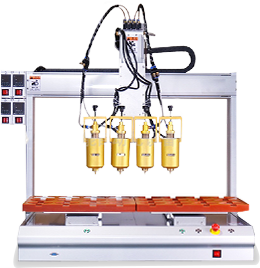

This metal cylindrical optical precision accessory is based on high-quality metal and is precisely processed to present a regular cylindrical shape. The surface is specially treated, with uniform color and delicate texture, and has excellent optical compatibility. Its internal structure is precisely adapted to the optical system, and can be used as a core component for lens bearing and light path guidance. It is widely used in optical equipment such as microscopes, endoscopes, and high-end camera lenses, providing solid support for the stable transmission and precise imaging of optical signals, and helping optical equipment achieve efficient and clear optical operations.
The surface is matte treated and specially coated to effectively reduce the reflectivity, reduce the interference of stray light on the optical path, optimize the optical environment, help obtain high-purity imaging effects, and improve the optical performance of the equipment.
Features | Parameters/Description |
Processing accuracy | Cylindricity ≤ 0.002mm, dimensional tolerance ± 0.001mm |
Material | Aviation-grade alloy (such as aluminum-magnesium alloy, titanium alloy optional) |
Surface treatment | Matte oxidation/anti-reflective coating, reflectivity ≤ 3% |
3. Product Details
From the source of research and development, we deeply analyze the stringent requirements of optical equipment for core accessories, and jointly develop metal cylindrical structures with optical design experts and mechanical engineering teams. In the processing process, relying on the high-precision five-axis linkage machining center and equipped with diamond tools, the metal blanks are milled, turned, ground and other processes, and the size and surface quality are monitored in real time at each step.
After the processing is completed, it enters the strict quality inspection link, using laser interferometer to detect the shape and position tolerances, and the optical performance of the surface coating is verified by the spectrometer. In high-end optical testing equipment, it serves as the internal bearing sleeve of the lens to ensure that multiple groups of lenses are coaxial and confocal to achieve ultra-clear imaging; in medical endoscopes, it stabilizes the transmission light path to help doctors clearly observe the tissues in the body. With its high precision, strong stability and low interference characteristics, this accessory has become a key support for the performance upgrade of optical precision equipment, and escorts precise operations in the optical field.
 Headquarters tel.
Headquarters tel. E-mail.
E-mail.